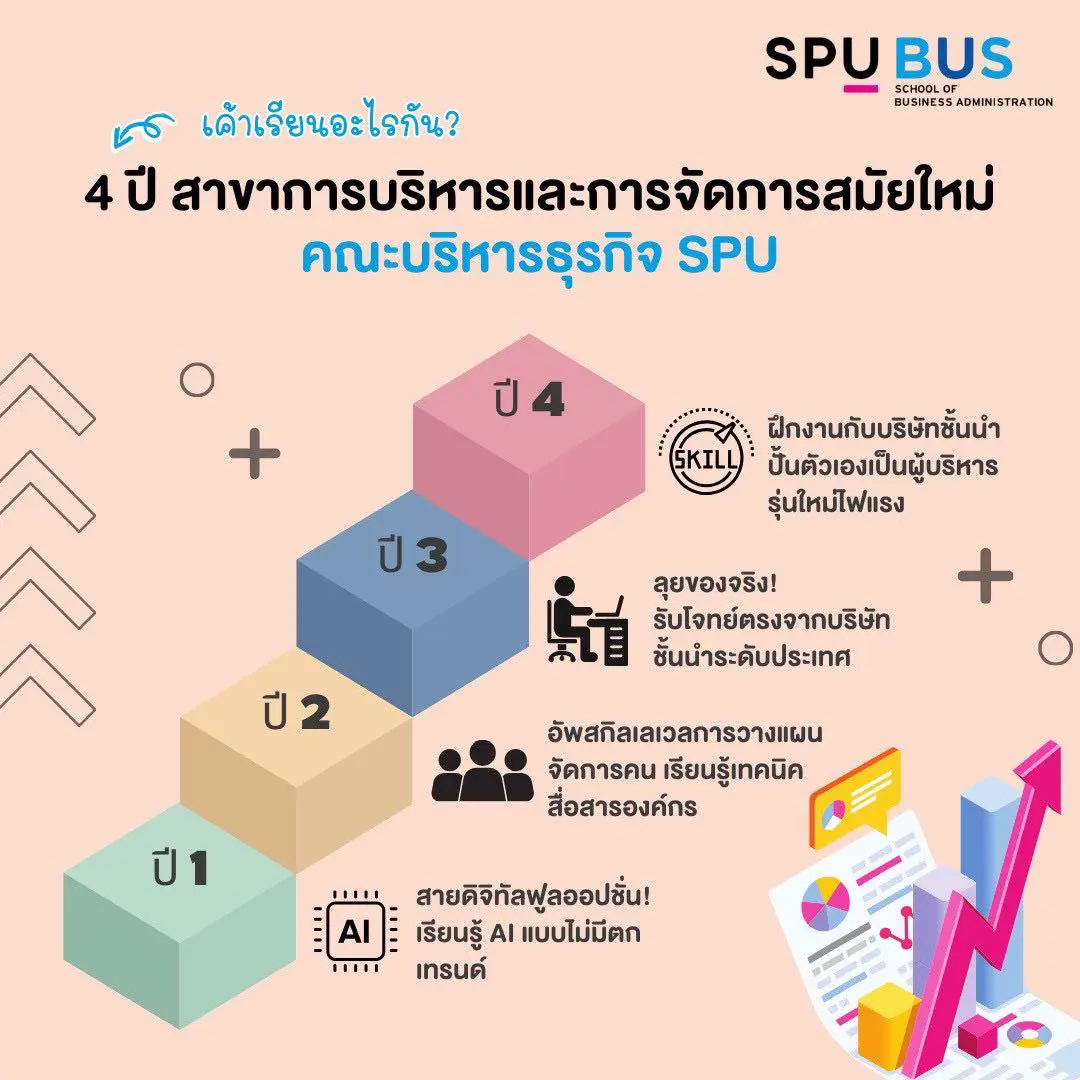The current situation of the worsening coronavirus disease (COVID-19) has resulted in
The government must take strict measures to prevent and stop the spread of the disease, especially in Bangkok and its vicinity, such as closing educational institutions, entertainment venues, businesses, and closing shopping malls, except for supermarkets, takeaway restaurants, and stores selling essential consumer goods, as well as campaigning for people to “stay home, stop the spread, for the nation.” However, these measures have affected the financial status of many people, especially daily wage earners, low-income earners, and SME business operators. If the government does not set measures to support, alleviate, and resolve the situation, it will cause people to travel and move back to their hometowns in the provinces, which makes disease control even more difficult. In addition, it will have a long-term impact on the economy because the government will have to pay for taking care of unemployed workers, and SME businesses will lack liquidity and have to close down, which may cause the government to lack the budget and important mechanisms to restore and drive the economy after the COVID-19 situation improves.
Currently, the delivery business is a highly popular choice among consumers and the number of service users has been continuously increasing during the COVID-19 situation due to various reasons, including people who have just returned from abroad/have been in contact with a high-risk group that must be quarantined for 14 days, and the general public who want to avoid leaving their residences. Therefore, the government should collaborate with the private sector and delivery service providers such as CP All, Grab, Lineman, Food Panda, and Happy Fresh to bring SMEs into the system and consider the possibility of bringing in labor groups who have lost income from the closure of various places to be laborers to increase the efficiency of delivering products and food to consumers.
objective
- To help low-income earners and SMEs who are affected by the operation
Government measures to prevent and suppress the spread of COVID-19 - To reduce public panic in hoarding goods and reduce waiting times.
When ordering food and consumer goods via delivery services - To reduce the return of low-income people to their hometowns, which could make disease control more difficult.
- To mitigate the economic impact caused by the COVID-19 pandemic
Model/Concept
- Reduce people’s panic The number of COVID-19 infections that has been continuously increasing, coupled with government agencies’ measures to close various places, has caused people to panic and have many concerns, such as concerns about shortages of consumer goods, leading to people going out to buy and hoard consumer goods in large quantities, or concerns that they will not be able to survive due to lack of income and have to travel back to their hometowns. Therefore, the government must urgently determine measures to alleviate people’s panic, including alleviating the impact on workers and SMEs as soon as possible.
- Using Delivery Business to Connect Supply Chain Currently, many people choose to use delivery services to deliver food and consumer goods to avoid leaving home unnecessarily. Therefore, it is an opportunity to help those affected and increase the efficiency of delivering food and consumer goods as follows:
2.1 SME entrepreneurs, especially restaurants, who have adjusted from selling food at the restaurant to takeaway, but the restaurant is not yet well-known or the restaurant has not entered the delivery system of private companies before.
2.2 Delivery operators who need a large number of employees for product management and delivery to maintain the quality and standards of consumer service, such as CP All Company, which has announced the recruitment of 20,000 delivery employees nationwide to deliver products during the COVID-19 crisis to facilitate product transportation.
2.3 The group of workers who lack income. This group of workers has basic skills sufficient to support delivery services such as cooking, arranging products for consumption, transporting food and products, and performing various support operations such as answering the phone (Call Center) and paperwork. - The government sector provides policy support and fills in gaps. The government and government agencies play an important role in driving this concept forward by taking the lead in coordinating to seek cooperation from the private sector, setting up working groups to supervise, oversee and drive the operations to be smooth and efficient, and providing support for locations, equipment or budgets when necessary.



















